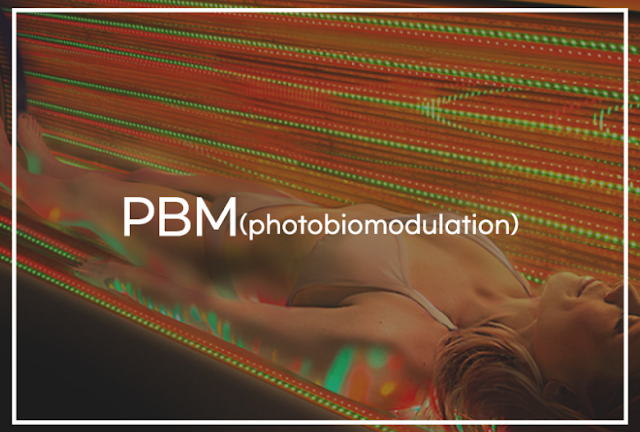Early symptoms of Parkinson's disease and possible treatment of the cause.
Early symptoms of Parkinson's disease and possible treatment of the cause.
Hello. It's Huelight.
Today, I'm going to talk about the early symptoms and causes of Parkinson's disease that many of you are curious about. Let's talk about the possibility of curing Parkinson's disease.
Causes of Parkinson's disease.
The National Center for Science and Technology announced that Parkinson's disease develops after the age of 50, but nowadays it occurs regardless of age, with 5-10% of all patients caused by heredity, and most of the others being idiopathic.
There are many causes, but factors such as exposure to toxins such as pesticides, heavy metals, carbon monoxide, organic solvents, trace metal elements, and head injuries are commonly cited as the causes of Parkinson's disease, and although the cause of the destruction of dopaminergic nerves in the substantia nigra of the brain is not yet precisely understood, it is hypothesized that environmental toxins, mitochondrial dysfunction, and unnecessary protein processing malfunctions cause it.
Early symptoms of Parkinson's disease
The most prominent early symptoms of Parkinson's disease are tremors, which occur when sitting or lying still, and as muscles become stiff, postural instability and slouching appear, and slowing down behavior.
In addition to motor symptoms, non-motor symptoms include cognitive decline, autonomic nervous system abnormalities, sleep disorders, urination disorders, and neuropsychiatric symptoms.
PBM(photobiomodulation)
In 2008, researchers at the University of Wisconsin in the United States found that photobiomodulation (PBM) is beneficial for Parkinson's disease.
Source: https://www.ncbi.nlm.nih.gov/pubmed/18440709
Since then, researchers in Australia, France, and Switzerland have published numerous studies showing that PBM reduces alpha-synuclein symptoms in various animal models of Parkinson's disease, including MPTP or 6-OHDA injections and alpha-synuclein and expressive animals.
Source: https://www.ncbi.nlm.nih.gov/pubmed/26793049
Experimental results of Parkinson's disease monkey model.
In addition, according to a report published in the Annals of Neurology, the 2016 Parkinson's disease monkey model revealed that near-infrared rays have a nerve protection effect, in which a visible red light (670 nm) fiber device was implanted in the brain and MPTP injection was administered for a week. In this treatment, the majority of monkeys had improved symptoms, and while red light (670 nm) was used in this study, near-infrared (810 nm) was also used in other studies. Usually, light sources penetrate the transdermal fibers toward the head in a span or straight line, but one study has suggested that there is a remote nerve protection effect on the brain, thereby allowing PBM to penetrate better.
If you look at the latest Parkinson's treatment papers,
Photobiomodulation (PBM) has been shown to be an effective treatment for Parkinson's disease (PD) in human patients.
The brain's PBM uses red or near-infrared rays transmitted from a laser or LED to the head (or other body parts) at a relatively low power density to stimulate the brain and prevent neuron degradation. Parkinson's disease (PD) is a progressive neurodegenerative disease involving the loss of dopamine-producing neurons in the black matter deep in the brain. Existing treatments include dopamine replacement therapy or electrical deep brain stimulation. PBM therapy is particularly attractive because there have already been clinical trials reported in Parkinson's patients and more announcements are expected in the future, and PBM therapy is a non-pharmacological treatment with no side effects..
As such, systemic PBM therapy is recommended for those who want to get help in improving Parkinson's disease safely without side effects or those who gave up because it did not improve much.
If you have any questions, please feel free to contact us.
www.huelight.co.kr
www.huelightusa.com











Comments
Post a Comment